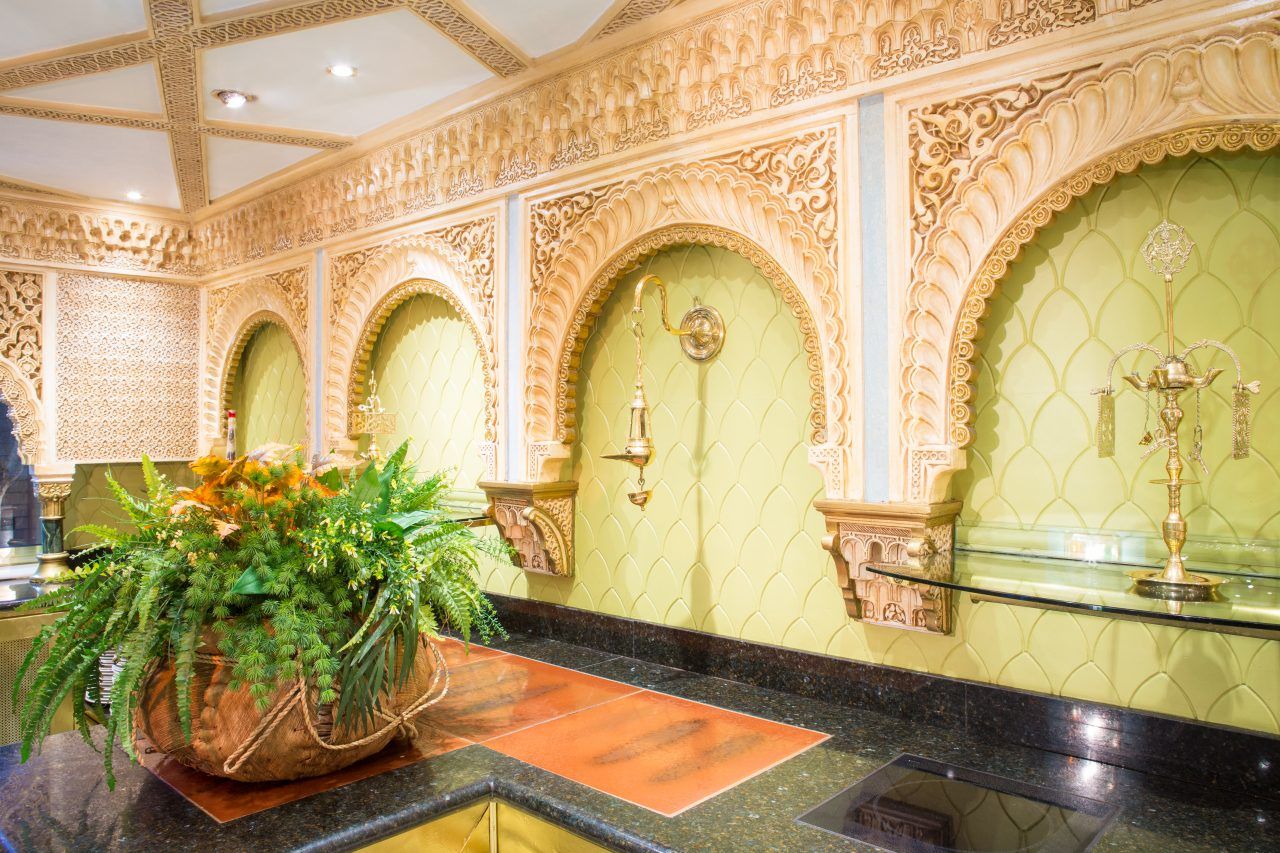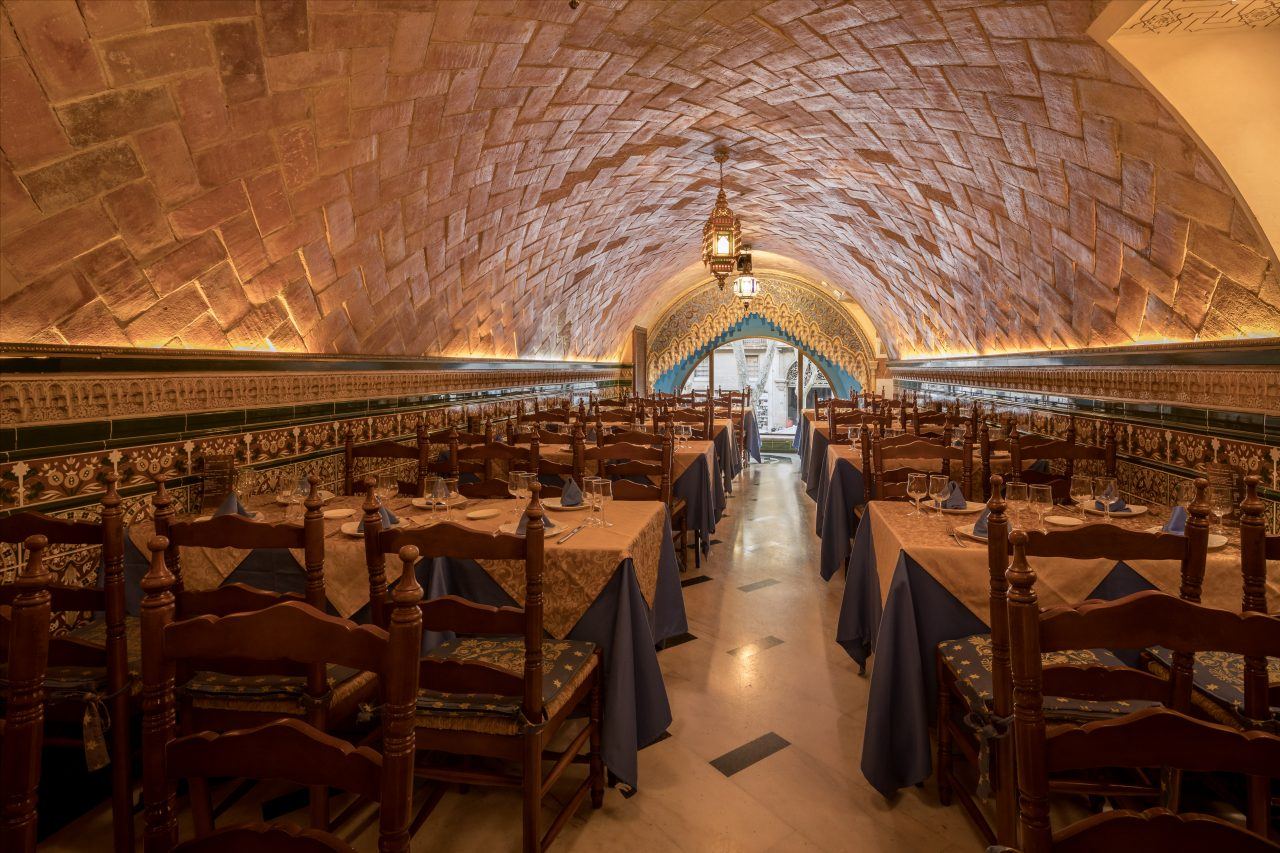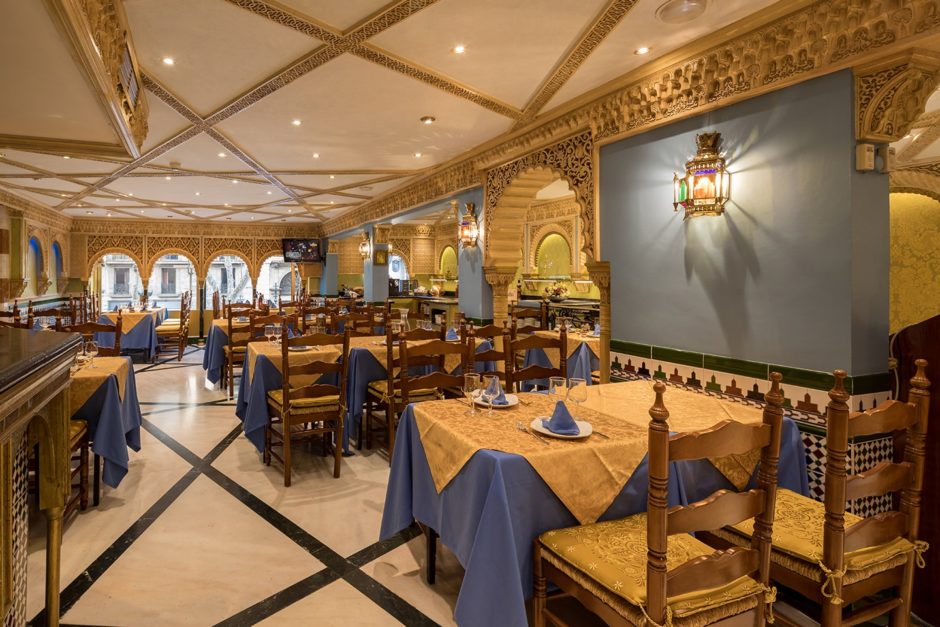Origins of Nazarí Art
Nasrid art or Granada art represents the last stage of Hispano-Muslim art. Its development phase includes from the 13th to the 15th century and laid the foundations for the future birth of Mudejar art. Its main area of influence was extended by the Nazari Kingdom of Granada, Barbary and various areas of the Iberian Peninsula. The origin of Nasrid art begins with the decline of the Almohad empire, beset by the proliferation of small kingdoms in al-Andalus during the 13th and 15th centuries. Years later, in 1237, the Nasrid kingdom was born and its capital was located in Granada for more than 200 years. The call Reconquista of the Christians was increasing the pressure and forcing the kingdom to give ground until, in 1492, Granada capitulated and with it the last Islamic stronghold, ending the Nasrid art in al-Andalus. The main paradigm of this art is found incontrovertibly in the Alhambra in Granada. Its name means Red Castle and comes from the Arabic “Qalat al-Ambra”. The fascinating building synthesizes the Islamic palatine architecture with military architecture, which provides elements of fortification. The building has been recognized as a World Heritage Site by UNESCO and is an incomparable symbol of Islamic palatine architecture. The Alhambra, together with the buildings and buildings of Granada, allow, due to its shape, colors and style, to establish the general framework of this art as an evolution of Hispano-Muslim art. Characteristics of this art are complex ornamentations, used to mask the poverty of construction materials such as stucco plasterwork, tiled skirting or painted decoration. Another very common feature is the cylindrical shaft column and the capital of two bodies, similar to the decorations of the tablao, one cylindrical decorated with ribbons and another cubic with ataurique. The wooden roofs are usually alternated with vaults of muqarnas made of stucco and the most common arches are half-stitched and pebbled.
Relationship with the tablao
Most experts agree in relating Arabic music to flamenco, yet it is impossible to know with certainty because the transmission of knowledge at that time was done orally. The most accepted explanation is that flamenco was developed on the basis of popular and Andalusian music, creating melismas with great influences of Arab elements in Andalusia at the beginning of the 20th century. According to the flamenco scholar, HipólitoRossy, you can find a multitude of similarities between flamenco and Arabic musical culture: “… in the constant and abusive use of notes of adornment, trills, melismas, dragons or portamentos (…) The use of upward support at the beginning of the song or some twists or phrases within the same song (…) The inclusion of zambra mora in flamenco and its influence on some Murcian and Andalusian songs, such as flamenco tango, taranto and binary rondeña. “This music and this art was developed in flamenco tablaos, the historical setting of this art that has undoubtedly influenced some forms of expression of Spanish art and culture of the 19th and 20th centuries.



